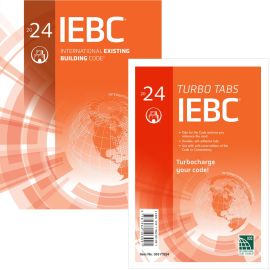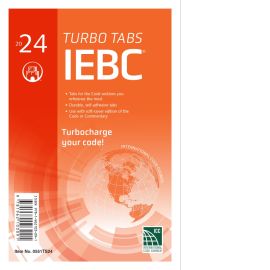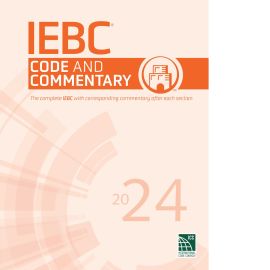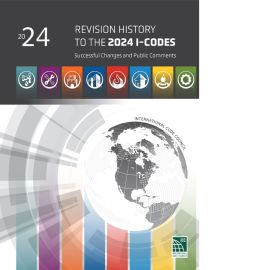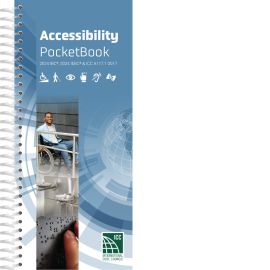2024 International Existing Building Code®
The 2024 International Codes® (I-Codes®) have undergone substantial formatting changes as part of the digital transformation strategy of the International Code Council® (ICC®) to improve the user experience. The changes, promoting a cleaner, more modern look and enhancing readability and sustainability, include:
- Single column text format and modernized font styles improves readability
- QR Codes replace vertical margin sidebars and arrows to identify code changes more accurately
- Shading for table headers and notes improves locating tables and applicable notes
- Grouping of associated content brings tables and figures immediately after the parent section
The 2024 IEBC encourages the use and reuse of existing buildings. This code covers repair, alteration, addition and change of occupancy for existing buildings. and historic buildings, while achieving appropriate levels of safety without requiring full compliance with the new construction requirements contained in the other I-Codes. Key changes in the 2024 IEBC® include:
- Occupiable roofs. The concept of occupiable roofs requirements have been incorporated in a variety of locations to correlate with the IBC.
- Storm Shelters. The storm shelter requirements have been coordinated with revisions in the IBC and ICC 500. The provisions have also been clarified that where constructed shall be comply with IBC Section 423 and ICC 500.
- Risk category increase. Clarifies how risk categories should be assigned for structural design where the addition and the existing building have different uses. The provisions in the Prescriptive and Work Area methods.
- Smoke compartment requirements. Existing Group I-1, condition 2 occupancies and ambulatory care facilities may be required to divide stories into no fewer than two smoke compartments for more substantial additions and alterations.
- Adult Changing stations. Where additional toilet facilities are being added and IBC Section 1110.4.1 would require adult changing stations, Section 306.7.15 would require that at least one accessible family or assisted use toilet room is required to contain one.
- Exterior wall covering and wall envelopes sprinkler requirement. Section 309.2.1 has been added to require that if combustible exterior wall envelopes or coverings are installed on a high-rise building the building must be equipped throughout with a sprinkler system. There are some exceptions for smaller installations and when only a combustible water resistive barrier is installed.
- Performance method renumbering. Though editorial in nature, Chapter 13 was renumbered to assist in the useability of that method.
- Owners’ responsibility at construction sites. Section 1502 was added to address the need for the owner to properly develop, implement and maintain a site safety plan during construction. A site safety director must be designated and is responsible to conduct daily fire safety inspections.
- Non required automatic sprinkler system. A section has been added to Chapter 10 under the change of occupancy classification requirements to allow the removal of a nonrequired existing automatic sprinkler system. This section includes a number of criteria that must be met.
- APPENDIX E TEMPORARY EMERGENCY USES. This new appendix was created to provide guidance for designers, engineers, architects and fire and building officials to allow temporary emergency uses of existing buildings with respect to the minimum code requirements. This appendix is intended to serve as a template or checklist for use during an emergency that references the relevant code requirements.
| Description: Links | |
|---|---|
| Pages | 294 |
| Language | English |
| ISBN | 978-1-959851-84-4 |
| Publisher | ICC |
| Code Year | 2024 |

